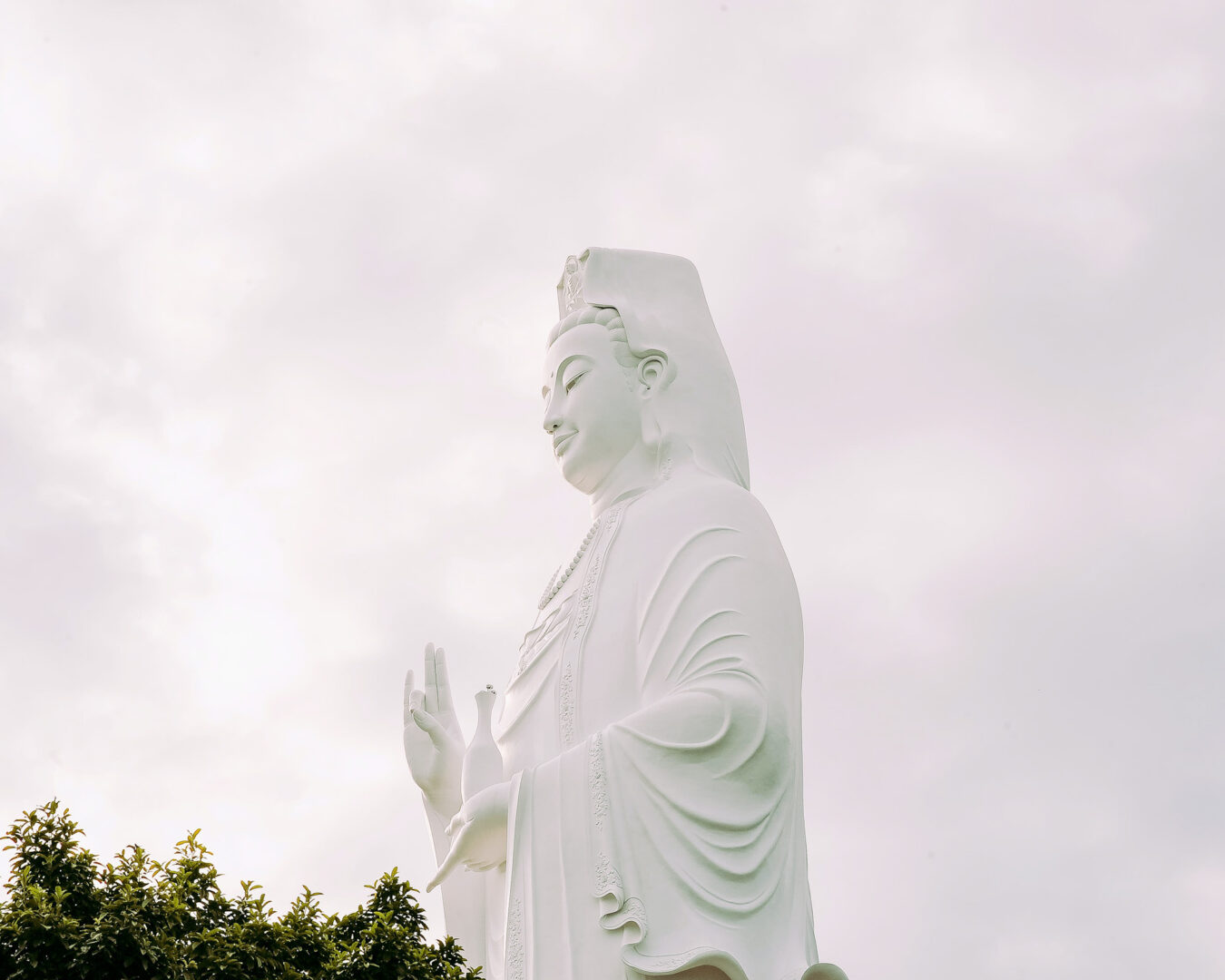For a deeper sense of self, meaningful relationships and a psychologically healthy and soulful spirituality.
-
Visit Our Place
91-6 Čaka Street, Riga
-
Tr. - Ce. 9:00 - 18:00
- Request a visit
Experiencing the Divine - a delusion and a myth or a real and possible experience for everyone?
Evidence of sudden and/or purposeful experiences in which the divine presence is perceived, which tend to shake a person to the core and initiate fundamental changes in their worldview and daily life, is recorded throughout the written history of humanity.
I think that the current massive increase in public interest in experiencing the divine is clearly observable. Spiritual practices are growing in popularity. Shamanistic rituals, with all their attendant activities and rituals, are the fashion. New forms of therapies are emerging, based on the guided introduction of the human being into an expanded state of consciousness, in which the encounter with the divine (including the numinous, cosmic consciousness, the Universe, God, etc.) can also take place.
The body of scientific evidence on the nature, process and consequences of such experiences is also growing rapidly, and no one now seems to question the fact that humans can experience moments of contact with the divine. The debate is only how much and in what cases these experiences are indicative of a person's mental health and in what cases of illness.
Personally, I am glad that people are also becoming more open and frank about this issue. Just 10 years ago it was "taboo" (at least in most societies). However, how does an encounter with the divine really happen, and what is it? That's the subject of this article.
Experience story to illustrate the theme
"One quiet afternoon I was lying on the carpet. (...) I was consciously experimenting, trying to enter a state of religious trance. I thought about the dimension of spirituality, but I was not ready to experience what happened to me.
With my eyes closed, I suddenly perceived a long bank of clouds in the blue sky. A bright sun rose above the clouds until they dissipated; as the sun rose, everything became brighter and brighter, and I sank into a deeper and deeper intensity of rapture, feeling and concentration to the exclusion of all else. After a moment in which I had lost all sense of time, the sunlight began to dissipate and I gradually regained my ability to perceive my surroundings. (...) This experience was so powerful that for another hour afterwards I could do nothing but sit quietly in my chair, regaining my strength and mental orientation.
I have never been sure what meaning to give to this experience. (...) Although the content of the experience was not explicitly religious, I could not help feeling that it must have some religious or transcendent meaning. All I knew and know is that because of the brilliance and intensity of the experience it must have encoded something very significant for me." (Ellwod, 1980, 12-13)
What kind of experiences are these?
These and similar experiences are referred to in psychology by a wide variety of terms: spiritual experience, religious experience, spiritual awakening, enlightenment experience, encounter experience, quantum shift, mystical experience, oneness experience, transpersonal experience, transcendental experience, self-transcendence experience, anomalous experience, exceptional experience, etc. There is no single term yet. I personally use the words "transcendent or expanded state of consciousness" more in my everyday life.
They are essentially experiences of coming into deep contact with the divine or numinous.
If we look at the interpretation of the word, numinous refers to something that has a distinct spiritual or religious quality; something that indicates or suggests the presence of a deity or divinity. The word "numinous" was coined by the German theologian Rudolf Otto to describe a specific quality of religious experience. Numinosity is associated with transcendence and mystery. It is an experience in which a person experiences the potential for abilities over which he has no control. During it, one gains insight into life, death, morality and experiences decisive moments of immutable truth (Merkur, 2006).
Myth or truth?
Public attitudes towards these conditions have never been unambiguous - especially in the Western tradition, where they have historically been largely perceived as pathological or even denied (Cardeña et al., 2017). Consequently, the question of whether we are talking here about something that actually exists at all, or is merely a figment of human imagination, or a breathtaking encounter with the Supreme accessible only to Christian saints and/or Buddhist monks, is still relevant.
The short answer: no, it's not a myth. It is a real phenomenon that is now fixed at the level of human biological functioning, including neurological functioning. Such experiences are potentially possible for everyone, and are attainable through natural psychological development.
However, in this context, I would like to dispel one myth. Lately I have been hearing the words "expanded consciousness" and "transcendence" applied to states experienced during breathing practices or hypnosis. To clarify, yes, these practices can lead to a transcendent state of consciousness, but they are not automatically transcendent in themselves. We can only speak of transcendence when we experience stepping outside the boundaries of our personality (Ego) and coming into contact with the divine; becoming one with all that exists.
Each person's experience is unique
One of the reasons why so many myths and prejudices surround these encounters is that each experience is deeply personal, unique and only understood (and not always) by the experiencer. It is similar to dreams: encounters with the divine are also experiences of visions (like the vision of the sun in the description above). The content of these visions is usually subordinated to each person's personal perceptual system, based on his biography and his understanding of the world. It is therefore virtually impossible to retell an experience to another, conveying its meaning.
The second reason is that the feeling that is experienced in a numinous experience can only be understood by someone who has experienced it. One who has experienced (not imagined) that the essence of God is encoded in each one of us (an imprint, a part, a seed...).
The key is not in the experience, but in its integration
However, even the most important thing I want to stress in this story is that the key is not in the fact of having the experience, but in its integration, or in how one processes the experience internally.
I say this because of the current cultural mood. At present, there is a feeling that many are trying to deliberately provoke this encounter with the divine (instead of allowing themselves to achieve the experience of the numinous through natural personal maturation).
Yes, sometimes it ends positively and well - in cases where the person is internally stable in their personality (Ego), where they have the inner resources to process strong emotional turmoil - because these experiences are so deeply emotionally shattering that many choose to call them the most significant moments of their lives. If a person is able to integrate the experience, their psychological health benefits.
However, there are times when the story does not end as well as the advertising slogans for spiritual practices promise. To encounter the divine, the numinous, the supernatural is to really look the supernatural in the eye and endure it. It can also be quite scary. If one is not expecting to be shaken so violently, and one's personality is not mature enough to handle such an intense spiritual experience, the consequences can be different. What? For the answer, see my previous article on the Ego.
To summarise
Experiences in which the divine presence is perceived are a real phenomenon and can become a wonderful inner resource for a person - provided they are successfully processed and integrated into daily life.
Sources:
Cardeña, E., Lynn, S. J., & Krippner, S. (2017). The psychology of anomalous experiences: A rediscovery. Psychology of Consciousness, 4(1), 4-22.
Merkur, D. (2006). Interpreting Numinous Experiences. Social Analysis: The International Journal of Social and Cultural Practice, 50(2), 204-223.
Ellwood, R. S. (1980). Mysticism and Religion. Prentice-Hall.
Miller, L., Dove, I. M., McClintock, C. H., Xu, J., Lacadie, C. M., Sinha, R., & Potenza, M. N. (2019). Neural correlates of personalized spiritual experiences. Cerebral Cortex, 29(6), 2331-2338.
Search
Topics
Recent publications
- Why workplace spirituality is the key to organisational flourishing

- How to find the meaning of life?

- Common misconceptions about what contributes to a sense of meaning in life

- Why is a clear identity and sense of self a prerequisite for a psychologically healthy spirituality?

- What does it mean to become an adult? - The five levels of consciousness described by Robert Kegan

The content of this website may only be quoted, reproduced, republished and otherwise distributed in accordance with applicable copyright laws. For commercial use of the content, please contact and obtain permission.








